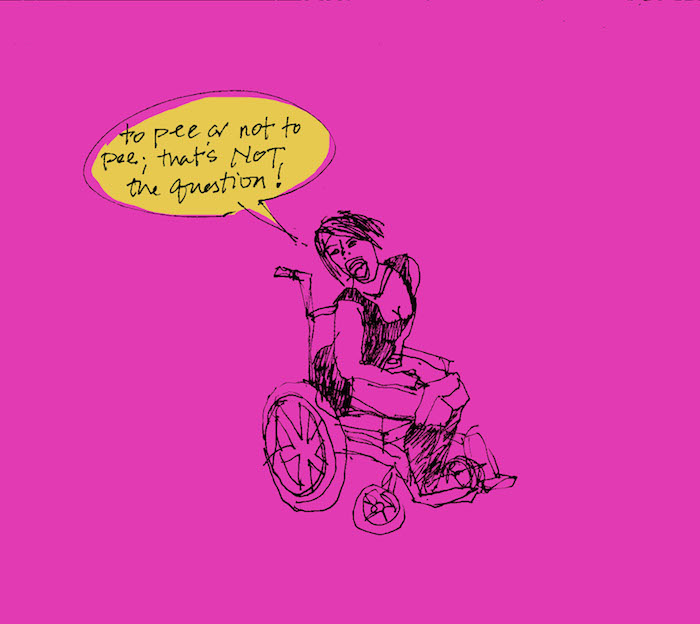Who controls the machines? How are they made? And who makes them?
makers
Issue 29
on November 5th, 2015
Makeathons and other similar events want to “do good” and “make the world a better place.” The people behind these events need to realize *how* they do them is as important as *why* they are doing them.
Issue 29
on November 4th, 2015
Very often, specialized companies create assistive technology with little input from actual users with disabilities. These products are usually institutional in look and feel, overpriced, and only reimbursable by insurance.


